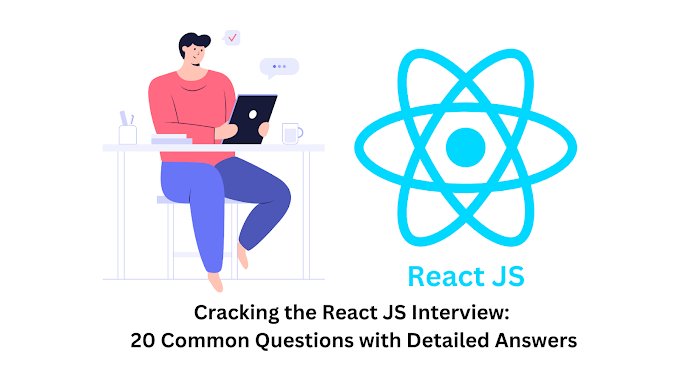Introduction
Postman is a powerful API testing and development tool that enables developers to streamline the process of testing APIs, making it an essential tool for React Native app development. In this blog post, we will walk you through a step-by-step guide on how to set up Postman for React Native, including installation, configuration, and best practices for effective API testing and debugging.
Section 1: Understanding Postman and its Benefits
1.1 What is Postman?
- An introduction to Postman and its features.
- The advantages of using Postman for API testing and development.
- How Postman can enhance the React Native development workflow.
1.2 Why Use Postman with React Native?
- The importance of API testing in React Native app development.
- How Postman facilitates efficient testing, debugging, and collaboration.
Section 2: Installing Postman and Creating an Account
2.1 Downloading and Installing Postman
- Step-by-step instructions for downloading and installing Postman on various platforms.
- Verifying the installation and running the application.
2.2 Creating a Postman Account
- Creating a Postman account for enhanced features and cloud-based collaboration.
- Understanding the benefits of a Postman account for React Native development teams.
Section 3: Setting Up Postman for React Native
3.1 Organizing Requests and Collections
- Creating and managing collections for React Native API endpoints.
- Grouping requests and adding descriptions for better organization.
3.2 Handling Environment Variables
- Configuring environment variables for different React Native environments (development, staging, production).
- Using variables in requests to streamline testing across environments.
Section 4: API Testing and Debugging with Postman
4.1 Making GET and POST Requests
- Creating GET and POST requests in Postman for React Native API endpoints.
- Sending parameters and payloads for testing different scenarios.
4.2 Handling Authentication and Tokens
- Configuring authentication methods (e.g., Bearer tokens) for API requests.
- Testing protected routes and verifying token-based authentication.
4.3 Handling Error Responses
- Simulating error responses in Postman to validate React Native app behavior.
- Utilizing Postman features to handle various HTTP status codes.
Section 5: Automating Tests with Postman
5.1 Writing Test Scripts
- Understanding the syntax and structure of test scripts in Postman.
- Automating tests to ensure API responses meet expected criteria.
5.2 Running Collections and Test Suites
- Executing collections and test suites in Postman for React Native API testing.
- Analyzing test results and debugging failed tests.
Section 6: Collaborating with Postman
6.1 Team Collaboration Features
- Utilizing Postman's collaboration tools for React Native development teams.
- Sharing collections, test suites, and environments with team members.
6.2 Version Control Integration
- Integrating Postman with version control systems (e.g., Git) for seamless collaboration.
- Handling merge conflicts and version control best practices.
Section 7: Best Practices for Postman and React Native API Testing
7.1 Keeping Requests and Collections Updated
- Regularly updating requests and collections to reflect API changes.
- Documenting changes and maintaining up-to-date API documentation.
7.2 Organizing Tests and Test Suites
- Organizing test scripts and suites for readability and maintainability.
- Ensuring test coverage for different API endpoints and scenarios.
Conclusion
Setting up Postman for React Native API testing is a critical step in ensuring the robustness and reliability of your mobile applications. With this comprehensive guide, you have learned how to install and configure Postman, effectively test and debug APIs, and collaborate with your development team seamlessly. By following best practices and automating tests, you can streamline your React Native app development process and deliver exceptional user experiences with confidence. Happy testing!












0 Comments